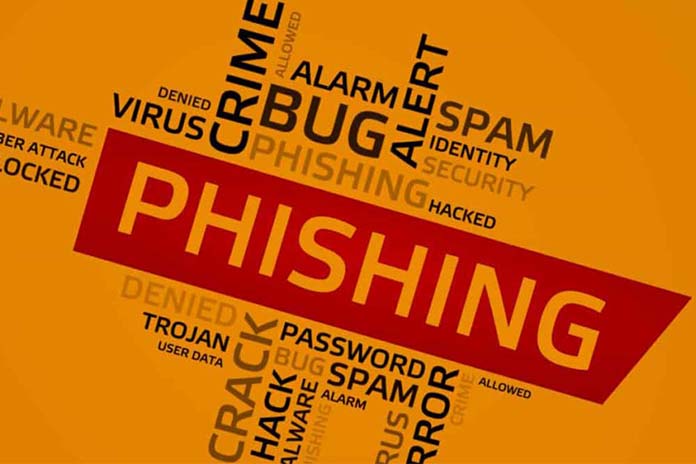The term phishing is used in the field of computer science to refer to a crime that is carried out from the replacement of a user’s identity. Through fraudulent action, a criminal obtains confidential data that exploits to his advantage.
Phishing can result in the criminal accessing bank account numbers or credit cards , for example. With that data in your possession, you are in a position to steal money from the accounts or use those amounts to make purchases without the legitimate owner of the resources.
Many times phishing is done through an email that appears to come from a trusted source (a company, a government office, etc.), when in reality it is a false message . These emails usually have a link to a site where the victim, deceived, enters his personal information and provides it, without knowing it, to the offender.
Another possibility is that the individual arrives at a fraudulent website by another means, such as instant messaging communication or even a search engine . Apparently, the site seems to belong to a company or government agency , but it is nothing more than a facade for data theft.
To avoid phishing, keep in mind that companies do not request personal information via email. Therefore, you must not reply to unsolicited emails or click on their links . You also don’t have to download the attached files. Another important issue is to carefully analyze the addresses (URLs) of the websites, as they are sometimes similar to the original but not identical.
Also Read: Top 5 Cybersecurity Tips For Employees At Work Place


